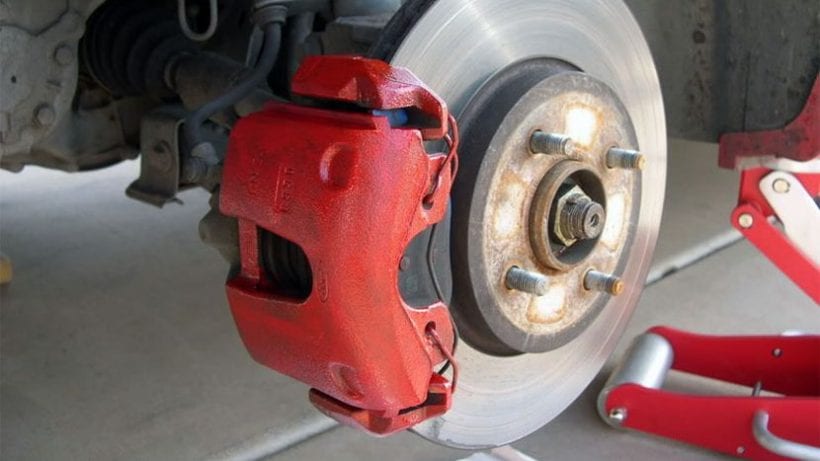The serviceability of the brake system is a crucial element of safety. Therefore, even with Big brake kits, diagnostics of the car are included in the mandatory maintenance plan, which is recommended to be carried out every 50 thousand kilometers or once a year.
Brake system check
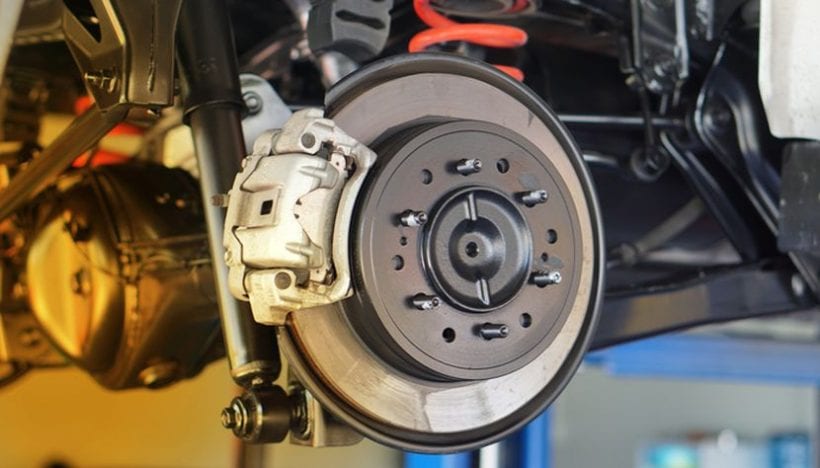
The test is carried out on a dry and clean, preferably flat surface, since it is necessary to test it in different braking modes and at all speeds that the truck can develop. At the same time, you should carefully monitor the possible blocking of the wheels, since if the tire loses its grip on the roadbed, the braking distance will significantly extend compared to standard braking when all the wheels rotate freely.
Reasons to worry about the serviceability of the brake system can be:
– unjustified lengthening of the braking distance;
– problems with the brake pedal: excessively free or hard running, jamming, sinking, shock absorption;
– if the system produces unusual sounds: knocks, creaks;
– if the car starts to move away when braking;
– in case of uneven wear of the brake pads;
– when the brake drums are heated;
– when the functional qualities of the handbrake deteriorate.
If you look at brakes-shop.com auto brakes near me and use their service center, they will perform computer diagnostics of anti-lock, pneumatic, and brake systems and study the data from the onboard computer. To delay contacting the service, you should properly take care of the brake system and promptly eliminate the slightest problems.
Tips for the care of the brake system
1. Use the correct brake fluid
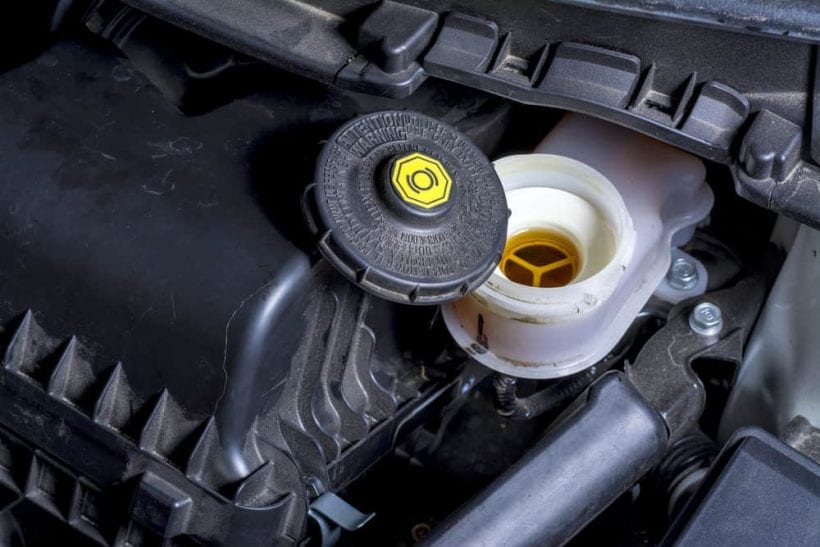
It is advisable to fill the system with the liquid that the car manufacturer recommends. Many cars require a strictly defined brake fluid according to their specification, and a number can get a speed reduction if it is selected incorrectly.
It is necessary to observe the terms of replacement of liquids since over time, and irreversible chemical reactions occur in it, it changes its properties and ceases to perform its duties. The pistons in the cylinders will wear out faster, corrosion will appear, and the brake system will lose its effectiveness.
2. Check the liquid level
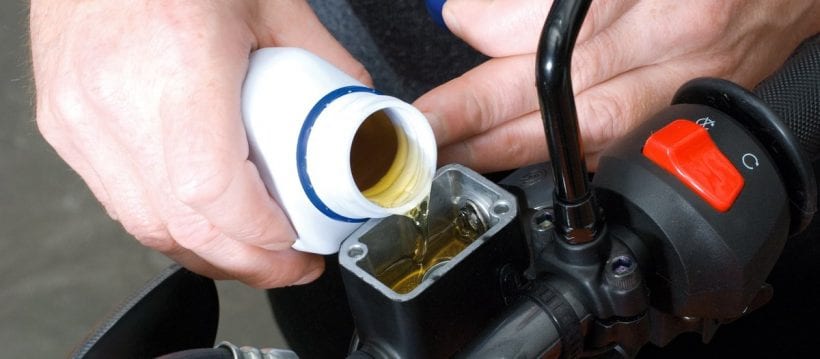
Its amount directly affects the performance of the brakes, so checking the level should become a habit for the car owner. Brake fluid is “fed” by all the lines coming from the main cylinder when the brake pedal is pressed, pumping it to the working cylinders. The brake system tank has a certain amount of working fluid to prevent air from entering the system. If you look inside the tank, you can see the “max” and “min” marks. Too low a fluid level can signal poor Performance brake pads and discs, which need to be urgently repaired or wholly replaced.
Additionally, the tank has a float sensor connected to a warning light on the dashboard. But it is designed for very critical situations when the liquid level drops rapidly, for example, when one of the pipelines is damaged, and the working substance leaks out.
3. Avoid drips
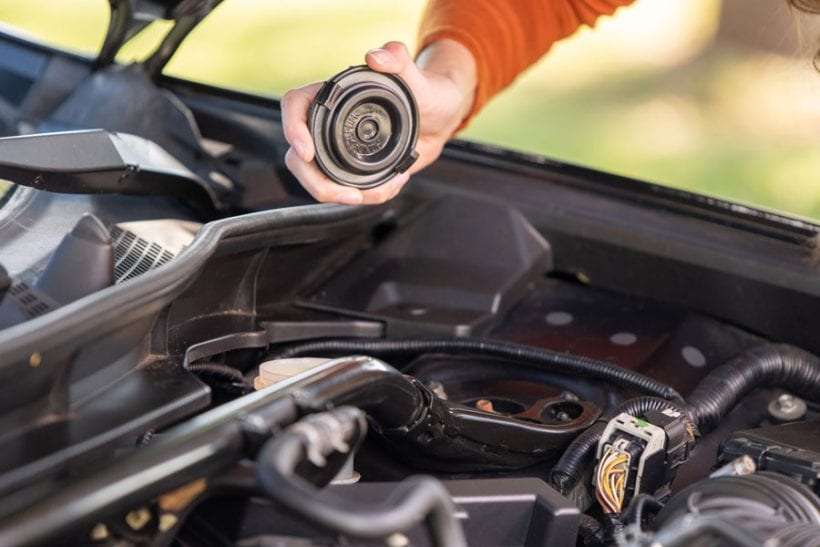
Brake fluid is very toxic, so if it gets on any surface, it can cause corrosion in a short time. Therefore, when topping up and changing it, you should carefully monitor the absence of drops and drips, quickly eliminating them when they occur.
4. Check the ABS
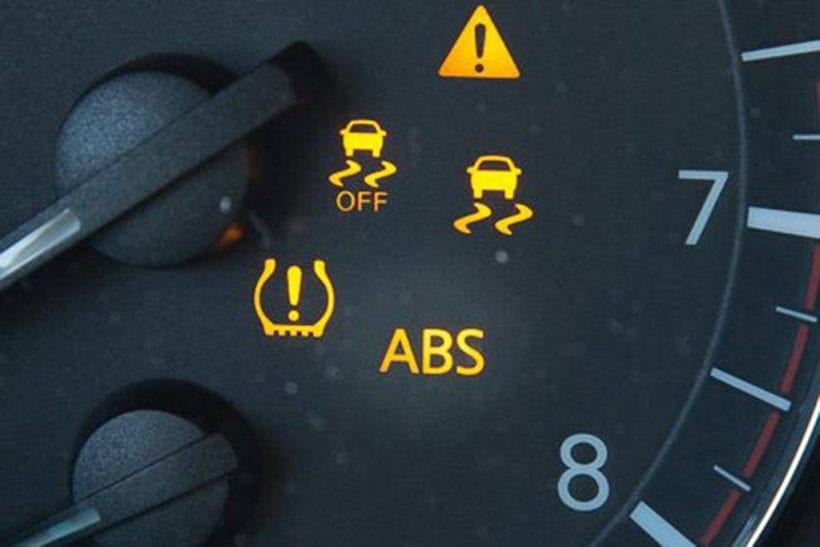
A rare driver is not familiar with the anti-lock system, which helps the car avoid an uncontrolled skid during braking. Oxidation of the contacts, damage to the power supply wire, wear of the hub bearings can cause incorrect operation of the system. Therefore, the procedure for checking and adjusting it is recommended to do it regularly so as not to be on a difficult road with a non-yielding brake system.
The diagnostic lights on the dashboard help you make sure that the ABS is working. If the system light turns on and goes out quickly when starting the engine, the testing was successful, no errors or problems were found. However, when the light bulb does not light up or, on the contrary, does not go out after checking, it will be a signal for troubleshooting either in the indicator itself or in the ABS system.
5. Check the vacuum booster
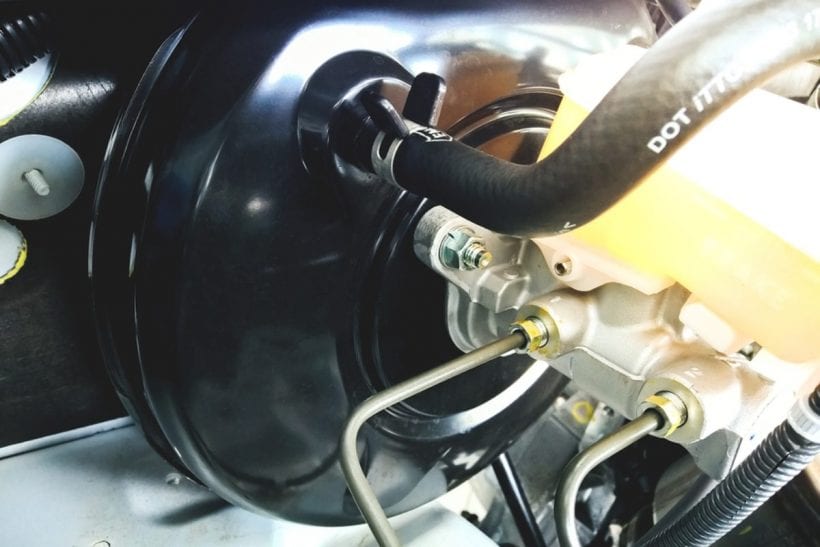
The brake booster is an indispensable part necessary to create additional force when the brake pedal is pressed. It helps the brake system to work more efficiently, quickly stopping the car. However, it can fail after a prolonged operation, which can be felt when braking deteriorates, there are hissing sounds when you press the pedal, and fuel consumption increases.
With a complete failure of the vacuum booster, the entire braking system will not stop working, but the braking process itself will become longer and more dangerous.
Check the performance of the vacuum booster can be carried out from the car interior. To do this, you will need to press the brake pedal several times and, without removing your foot from it, start the engine. With an operational amplifier, the pedal will “fall” for a certain distance, but if this does not happen and the owner hears a hiss, the amplifier must be replaced.
6. Check the brake discs and pads
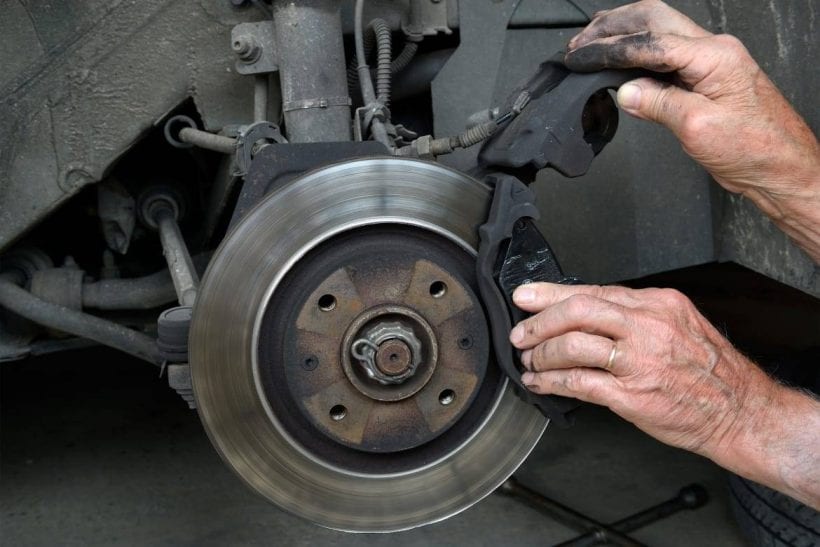
It is recommended to check them after every 10 thousand kilometers of mileage. Disc wear is detected due to the characteristic “screech” of the brakes, pedal vibration when pressed, and the car is skidding to one side when braking. When considering the pads on the pads, their thickness is less than 10 mm, which means severe wear, a direct threat to safety, and urgent replacement.
7. Adjust the brake pedal stroke
The working and free stroke of the brake pedal must be properly adjusted so that the entire system can function correctly. For example, when the pedal is located from the floor at a distance exceeding the standard, this will limit the free movement of the pedal, which will not cause complete disinhibition of the wheels. Likewise, if the pedal position is too low, the pedal stroke will be reduced, resulting in ineffective brakes.
8. Check the brake cylinder
This important unit converts the force exerted on the pedal into pressure to decelerate or stop the machine. If, after pressing the pedal, the car stops too slowly, if you have to squeeze the pedal harder, if the brake pedal stroke has decreased or completely fails, these are symptoms of problems in the cylinder.
9. Check the handbrake
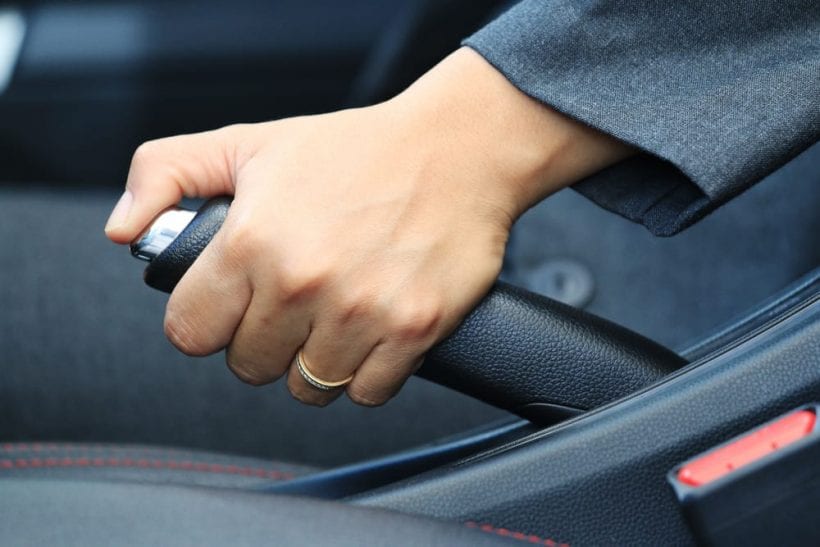
The parking brake or handbrake is necessary to drive up the hill, lock the car in the parking lot, or emergency aid in an emergency.
The easiest way to check the handbrake is to lift it by counting the number of clicks. A well-adjusted lever should rise by 3-4 clicks. If it is necessary to lift higher, this signals the need to adjust the drive cable.
After lifting the brake handle, the driver must turn on the neutral gear and, getting out of the car, try to push it. If the vehicle does not move with the cable adequately adjusted, it is time to change the handbrake pads.
Another symptom of poor adjustment is if the brake does not hold the car even at a slight inclination angle of 25%.
10. Check that there is no air in the brake system
The main sign of its appearance is a decrease in the braking efficiency and the need to press the pedal repeatedly. The appearance of air in the brake system can cause various reasons:
– lack of brake fluid in the master cylinder tank;
– problem with the sealing cuffs, their damage or wear;
– loss of tightness in connecting pipes and hoses;
– wear of the pipes and hoses themselves;
– corrosion of metal brake tubes, leading to loss of tightness.
You can also see how to bleed brakes by yourself. To check for air bubbles, it is enough to press the brake pedal several times actively. If it has become too hard, it has stopped being squeezed; most likely, the air has entered the system. To find a problem area, you do not need to contact the car service, and the motorist will be able to independently assess the appearance of brake hoses, tubes, cylinders. Their surface should not have cracks, other damage, as well as moisture, fogging, rust. The brake pump fittings must be equipped with protective caps, and the brake hose is securely fixed to the bracket.
Compliance with these rules, careful selection of brake fluid, attention to unusual noises and sounds, and a little personal time to check critical units and components of the brake system will save money on repairs and protect the driver, pedestrians, and other road users.

